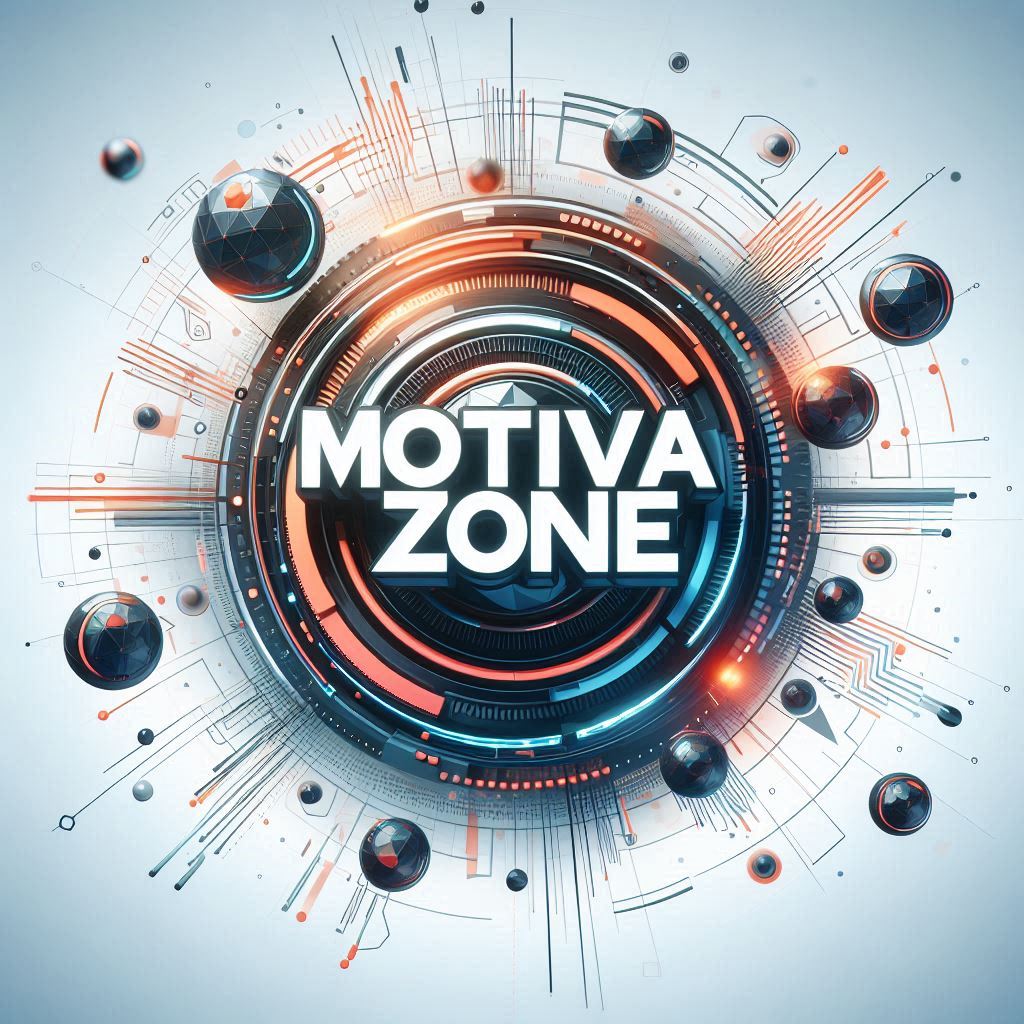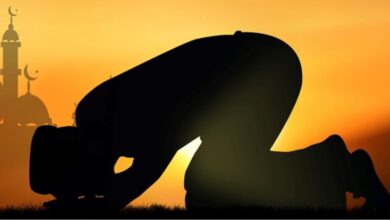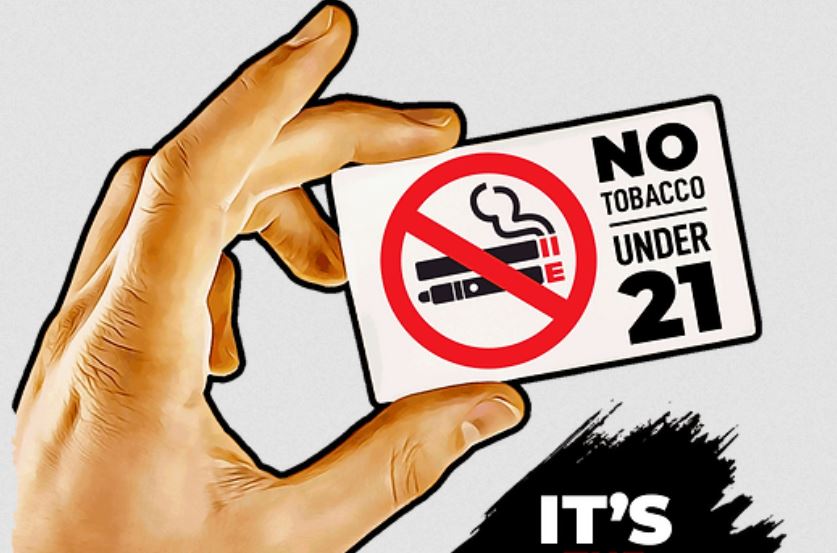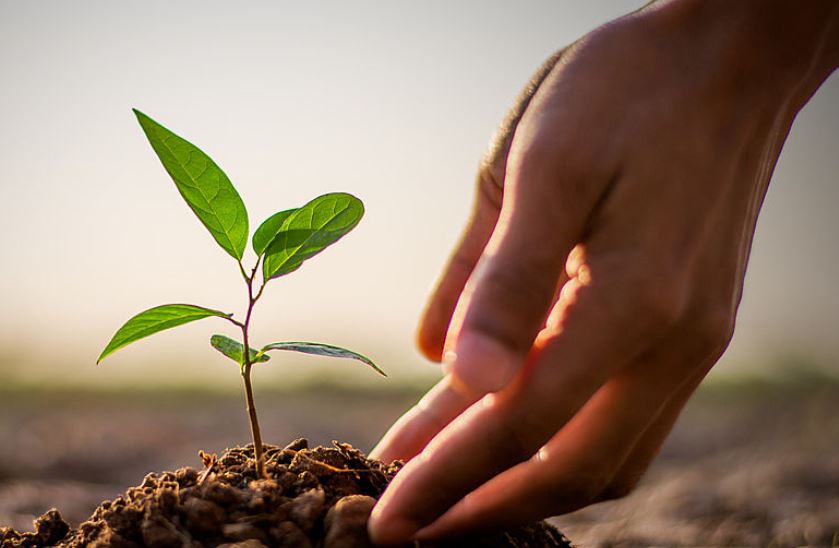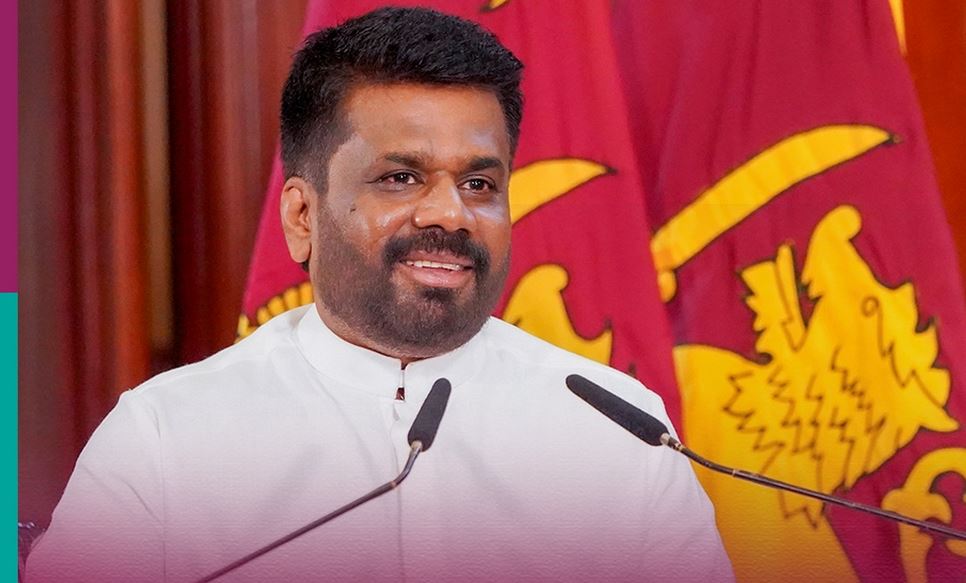
55-year-old Anudha Kumara Dishanayake has been elected as the new President of Sri Lanka. He led a political coalition called the National People’s Power (NPP). This coalition was not even an opposition party earlier. They had only three seats in the country’s 225-member parliament. The group is seen as close to China, India’s main geopolitical rival. All in all a wonderful surprise.
Anudha’s rivals are all familiar faces from prominent political families. Namal Rajapakse, who is the elder son of former President Mahinda Rajapakse. Sajith Premadasa, who is the son of former President Ranasinghe Premadasa. And the recent former president Ranil Wickremesinghe, the nephew of the country’s first executive president JR Jayawardene.
Anudha Kumara Dishanayake is standing behind them. His Janata Vimukti Peramuna (JVP) was never even close to power before. Rather, it has twice led Marxist revolts against the state.
The party changed in 2022. The country’s economy collapses and skyrocketing inflation occurs. Mass protests began. Aragalaya in Sinhala means struggle. The then President Gotabaya Rajapaksa was forced to resign. Earlier, his brother Prime Minister Mahinda was also forced to resign. Two brothers fled the country from the angry mob.
No single party claimed leadership of the Aragalaya movement. JVP plays an active role in this. In the power vacuum created by the resignation of the Rajapakse brothers, Dishanayake and the JVP called for greater change. Their strong stand for social justice and against corruption has attracted citizens. From the fringes, the party has become a trusted major political force. Dishanaik’s personal appeal has grown with the party.
Anudha was born in a rural middle class family. Bachelor of Science from University of Kelaniya. He was involved with JVP since his school days. Became the first member of Parliament in 2000.
Anudha assumed leadership of JVP in 2014. Since then he has vowed to separate the party’s image from violence. In 1971 and then in the late 1980s, the party led a Marxist-inspired insurgency. The state was not slow to retaliate. At least 60,000 people belonging to the party were killed in mass arrests, torture, abductions and massacres. Among them were most of the senior leaders including party founder Rohana Wijebira.
After the failed coup, Dishanayake became a member of the party’s politburo. The party abandons the path of violence. Dishanayake took over the party leadership of the JVP in 2014. In an interview with the BBC in May of that year, he called the party’s past violent path wrong. This is the only time JVP has spoken about his past.
According to analysts, Dishanayake has managed to build a larger coalition among various sections of the society. The alliance includes intellectuals, artists, retired police and military personnel, various trade unions. Notably, JVP once identified them as mass enemies. Now the party’s most effective slogan is its promise to fight corruption.
Since Sri Lanka’s independence in 1948, the country has been ruled by two dominant political parties or their coalitions or parts of them. They are United National Party (UNP) and Sri Lanka Freedom Party (SLFP).
In the wake of the 2022 protests, Dishanayake built a popular anti-corruption coalition. And in doing so, did he hide many of the country’s problems?
The JVP has long been against India’s intervention in Sri Lanka. They also consider the Tamil separatist movement to be associated with India’s influence on the country. They themselves had earlier taken up arms against the state. But the JVP opposed the Tamil rebel movement. Because Tamils wanted a separate state by dividing Sri Lanka. When the Tamil movement was crushed in the 2000s under the then President Mahinda, the JVP supported the government. Dishanayake says he does not regret supporting the Rajapakse government’s war against the Tamil Tigers.
